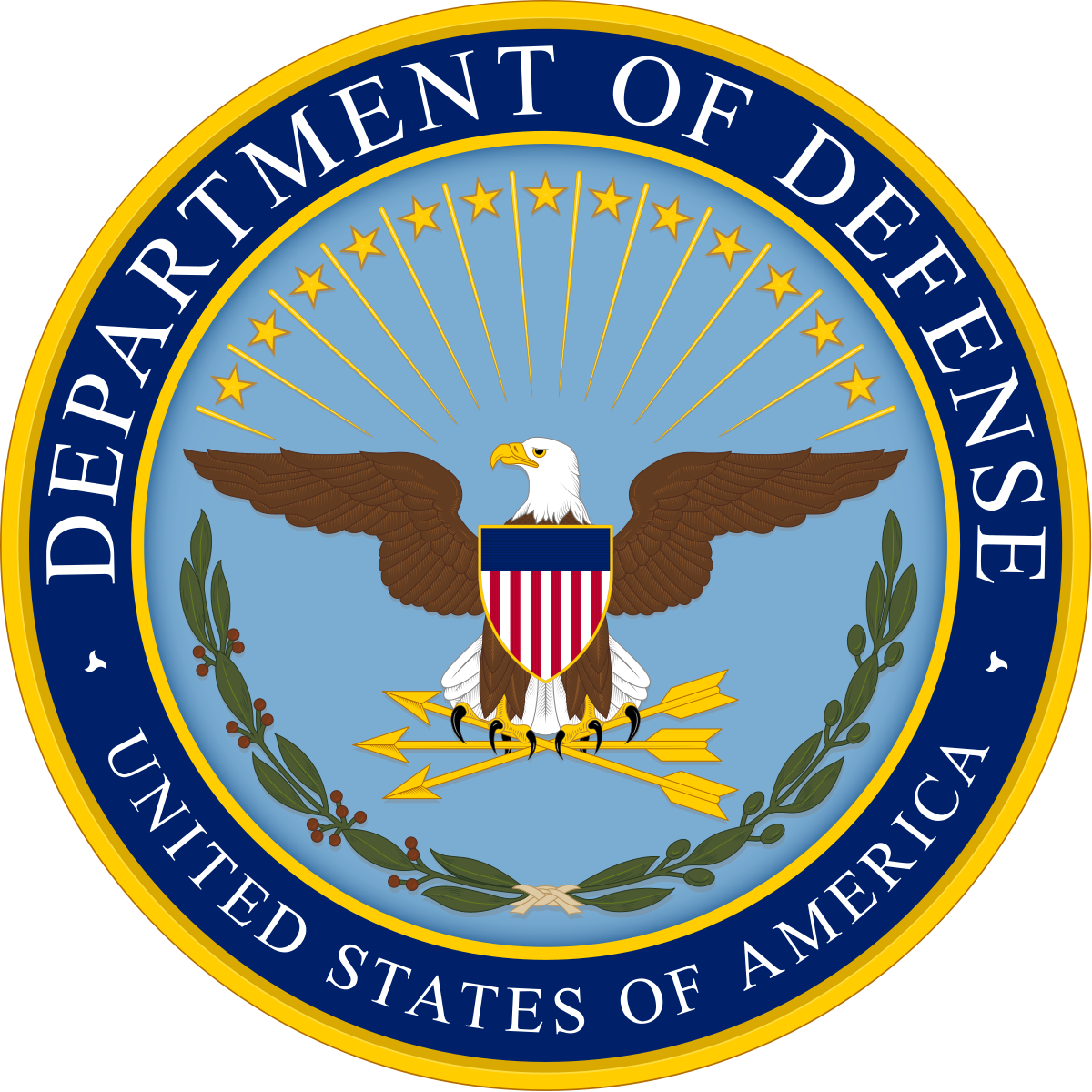In the News

|
NC State innovation on display at CES 2024 in Las VegasJanuary 11, 2024 North Carolina’s innovation is on display internationally, including work coming out of the ASSIST Center featured at the Consumer Electronics Show in Las Vegas.
|

|
Stress Monitors for Plants Can Spot DehydrationDecember 11, 2023
In a forthcoming paper to be published in IEEE Transactions on AgriFood Electronics(TAFE), James Reynolds, a postdoctoral research scholar at NC State’s iBionicS Lab and first author of the paper, and fellow researchers at North Carolina State University explored how plant tissue’s impeding of electrical current can be monitored to identify plants under stress with relative immediacy—less than an hour, in some cases.
|

|
‘We’re hitting new limits.’ NC quantum computing bullish on a coveted breakthroughDecember 4, 2023
Superconductors, the other prominent approach to quantum computing, are the focus of North Carolina State University and its partner corporation, IBM. Nicknamed “chandeliers,” IBM’s machines are gold-plated, multi-level apparatuses with a progression of wires and tubes funneling down to single silicon processor chips. While Duke has ion-trap computers in the Triangle, NC State researchers remotely access the chandeliers, which are housed at the IBM facility in Yorktown Heights, New York. “Each technology kind of has its strength,” said Daniel Stancil, executive director of the IBM Quantum Hub at NC State. “I think there have been some significant developments in the hardware in the past year.”
|

|
Energy Harvesting for Wearable Technology Steps UpNovember 1, 2023
Wearable devices, like nearly every other piece of tech, need energy. Fortunately, though, at wearables’ modest power budgets, energy is effectively everywhere. It’s in the sun’s rays and radio waves, the skin’s sweat and body heat, a person’s motion and their footfalls. And today, technology is maturing to the point that meaningful amounts of these energy giveaways can be harvested to liberate wearables from ever needing a battery. Which seems plenty attractive to a range of companies and researchers.
|

|
Deputy Secretary of Defense Kathleen Hicks Announces $238M CHIPS and Science Act AwardSeptember 20, 2023
Deputy Secretary of Defense Kathleen Hicks announced the award today of $238 million in “Creating Helpful Incentives to Produce Semiconductors (CHIPS) and Science Act” funding for the establishment of eight Microelectronics Commons (Commons) regional innovation hubs. This includes the Commercial Leap Ahead for Wide Bandgap Semiconductors (CLAWS) Hub, led by NC State University with a $39.4-million award for FY23.
|

|
Predicting wound healing with a wound-integrated miniaturized sensorAugust 1, 2023 Scientists develop a sensor that predicts wound healing rate with more than 70% accuracy.
|

|
NC astronaut Christina Koch will be part of NASA Artemis II moon missionApril 3, 2023
Christina Koch, who grew up in Jacksonville, North Carolina, and graduated from N.C. State University, will be part of the first crew of astronauts to travel around the moon in more than 50 years, NASA announced Monday.
|

|
What is being done to prevent power grid attacks?February 23, 2023 At the FREEDM Systems Research Center, some of the state’s brightest minds are leading the way to improve how we power our lives. |

|
White House science advisor visits NC State to see student innovationFebruary 10, 2023 On Friday, President Joe Biden’s top adviser on science and technology visited North Carolina State University to see firsthand how students are creating cleaner and more efficient energy systems. |

|
Securing Cryptography in the Quantum Computing EraJanuary 27, 2023 DesignCon keynote will discuss challenges of developing cryptography standards that withstand quantum computing attacks. Keynote session speaker Aydin Aysu, Assistant Professor and Head of the Hardware Cybersecurity Research Lab (HECTOR) at Electrical & Computer Engineering Department of North Carolina University, says that quantum computers have the potential to break existing cryptography algorithms, which in some cases date back 40 years. “We have mathematical evidence this can potentially occur,” Aysu told Design News in an interview.
|
|
|
ComEd and NC State receive $200,000 US DOE grant for SiC-based XFC projectOctober 24, 2022
Commonwealth Edison Company (ComEd, a unit of Chicago-based energy provider Exelon Corp), in partnership with North Carolina State University’s FREEDM Systems Center, has been awarded a $200,000 federal research and development grant from the US Department of Energy (DOE) to help fund a $5m research project focused on improving the efficiency of, and reducing the cost of, extreme fast charging (XFC) for electric vehicles (EVs).
|

|
“A game changer”: With CHIPS Act, NC is poised for a new manufacturing boomOctober 13, 2022
The new law includes $13.2 billion for research and the training of people to work in the development, design and manufacturing of semiconductor wafers and the chips that are built on them. The R&D funding could be a boon to North Carolina’s research universities, especially N.C. State. John Muth, a professor of Electrical and Computer Engineering at North Carolina State University, said other states dominate in the design and production of silicon-based chips, but N.C. State is at the forefront of developing a new generation of silicon carbide semiconductors that can endure higher temperatures and higher voltages, qualities that will be increasingly needed in electric automobiles, data processing centers and clean energy production. “In general, we need to do more manufacturing, do it cleaner and employ people with better paying jobs and the CHIPS Act helps out with that,” he said.
|

|
In race toward quantum computing, North Carolina takes center stageOctober 6, 2022
Governments, businesses and universities worldwide are spending heavily to prepare for quantum. And in the past few years, the three corners of North Carolina’s Research Triangle—Duke University, North Carolina State University, and UNC—have each made distinct contributions to this emerging field, turning the state into a legitimate quantum hot spot.
|

|
Train Activity Recognition Models Using Spectrograms and Computer VisionSeptember 5, 2022
Students created a set of activities to walk high school students through the entire computer vision pipeline by Jeremy Park and Sanjana Banerjee, who are Graduate Research Assistants and Ph.D. candidates at North Carolina State University, specializing in AI/Machine Learning.
|

|
Our Wearable FutureAugust 23, 2022
What Will New Tech Look Like, and how will it work? Prepare for a future where you and your doctor track your health markers 24/7, manage chronic conditions in real time, and predict incoming illness with incredible precision – all from tiny sensors you’ll wear on your skin and in your clothing.
|
